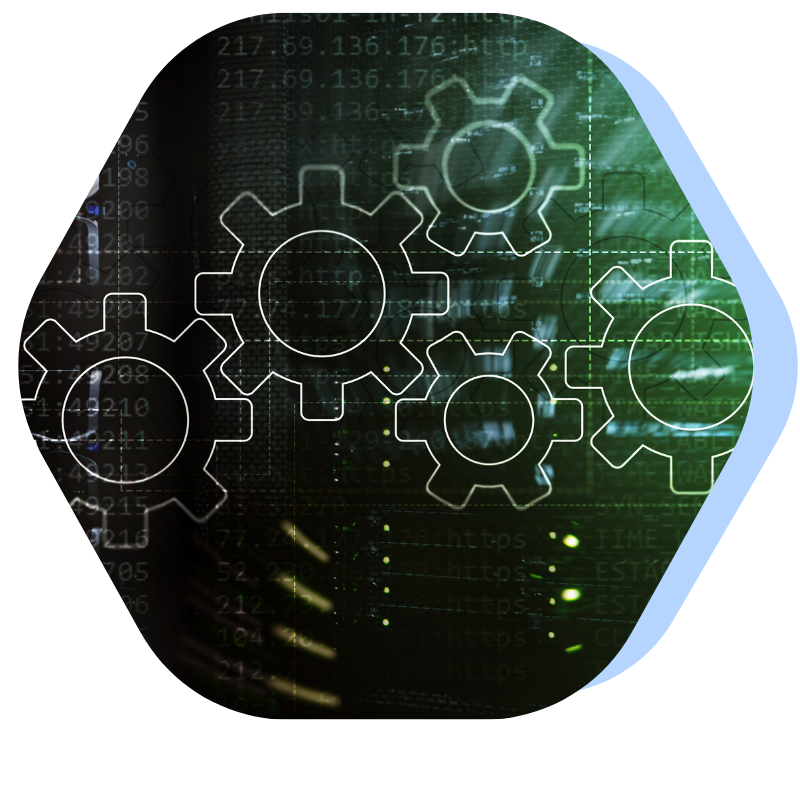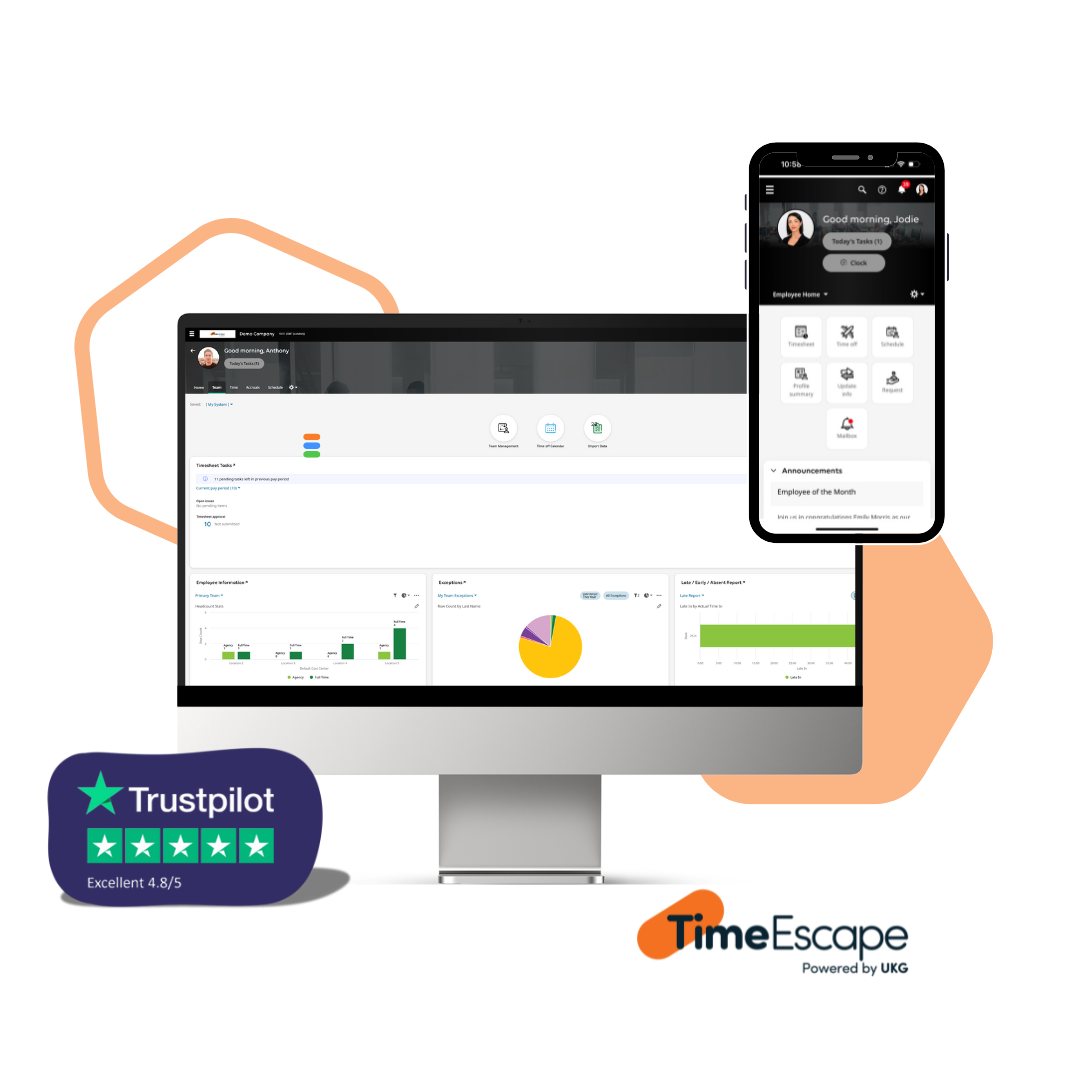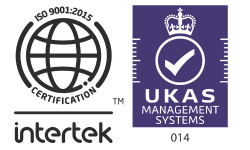Support and Service
Features alone won’t set a provider apart, support and service are equally critical. Most providers will tick most feature boxes in the HCM cycle. However, the quality of support and service often makes the real difference.
Research the provider
Before engaging with a provider, research their reputation. Check online reviews, ratings, and industry feedback. Larger companies may have the advantage of greater resources for R&D (Research and Development) and feature enhancements, but they may also have longer queues for support and less personal attention. Conversely, smaller companies may provide faster, more personalised support but have fewer resources for development.
Support Channels
Providers should offer multiple support channels, including:
- Phone support (essential, especially during business hours)
- Email
- Chatbots or support portals
- AI
Online support-only models are often cost-cutting measures and may not meet your needs, especially for critical business solutions. Ensure that live, phone-based support is available when needed.
Service Level Agreements (SLAs)
Review the provider’s SLA early in the process. SLAs define response times and service commitments, which are crucial for evaluating the level of support you can expect.
Also, consider support during the implementation phase. providers should provide clear methods and timelines for assisting with system setup, training, and go-live support.














